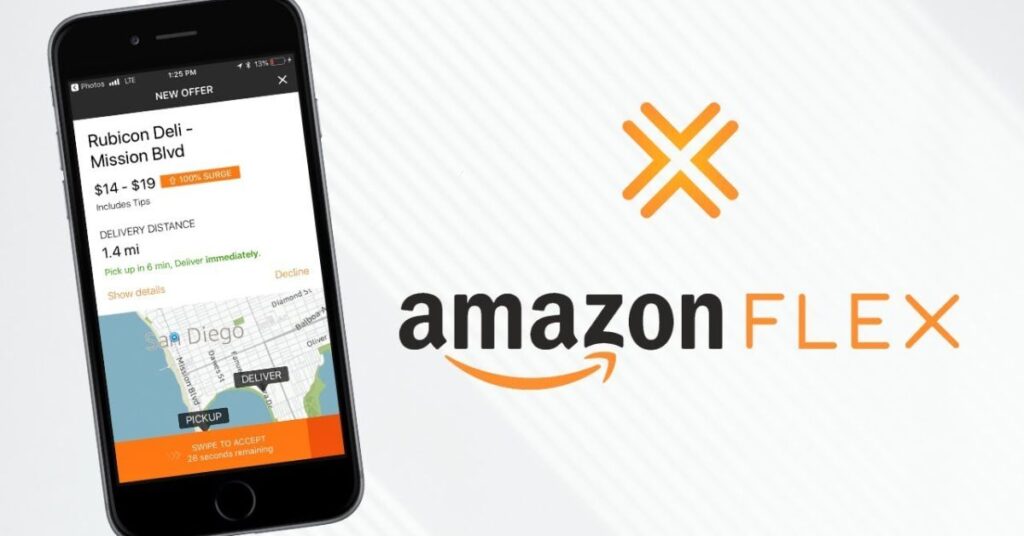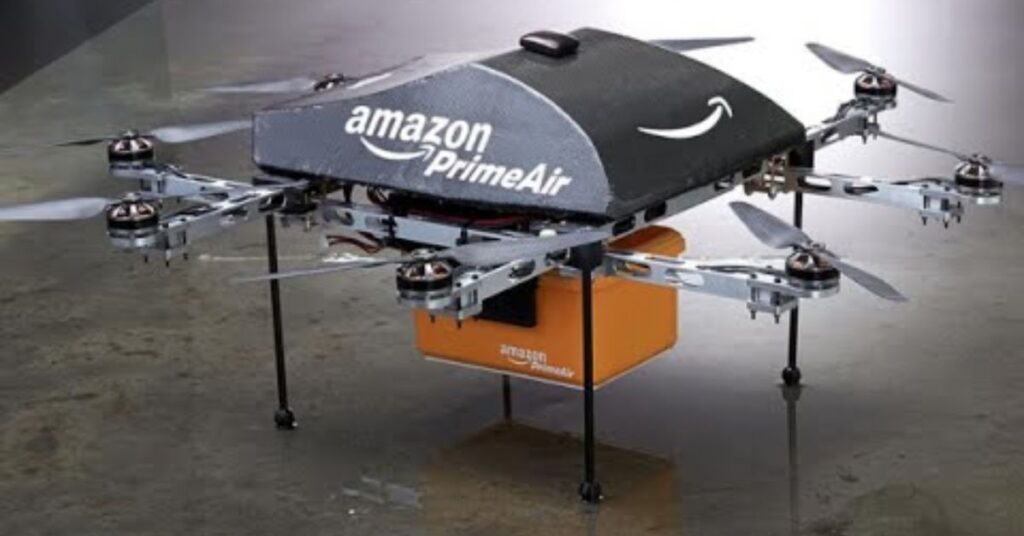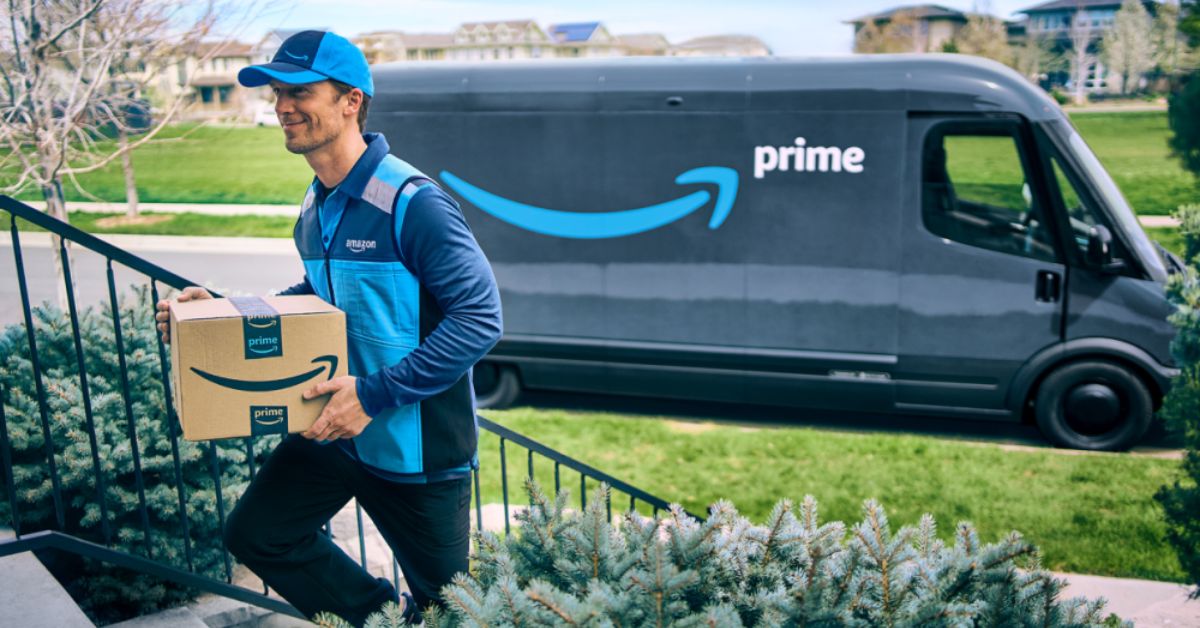Introduction to Amazon’s Delivery System
We rely on a meticulously coordinated delivery system to ensure that Amazon packages reach customers quickly and efficiently. At the heart of the process is an intricate supply chain network that spans thousands of fulfillment centers, sorting hubs, and delivery stations. Our system begins with state-of-the-art warehouses where goods are stocked and picked using advanced robotics and artificial intelligence. Understanding how Amazon delivery works is crucial for grasping the efficiency of this system. This knowledge helps customers appreciate the speed of how Amazon delivery works and how it impacts their shopping experience.
Once orders are placed, we utilize real-time algorithms to optimize inventory locations and select the most efficient shipping routes. From there, packages enter an expansive network of vehicles, airplanes, and independent delivery drivers. By integrating data-driven logistics with last-mile solutions, we maintain speed and reliability. This entire process exemplifies how Amazon delivery works, ensuring a seamless experience for customers.
One of the key factors in how Amazon delivery works is the use of sophisticated algorithms that help us predict customer demand and ensure that popular items are always in stock and ready to ship. This proactive approach is essential in maintaining the efficiency of the delivery process.
How Amazon Manages Inventory Across Fulfillment Centers
We rely on a meticulously engineered system to manage inventory across our global network of fulfillment centers. Using advanced algorithms, we determine the most strategic locations to store products based on demand forecasts and purchasing patterns. This data-driven approach enables us to position popular items closer to customers, thereby reducing shipping distances.
Our inventory management system tracks millions of items in real time, optimizing storage space and ensuring products are always available. We also integrate machine learning to predict seasonal trends and restock efficiently. By coordinating seamlessly across centers, we reduce delays and maintain the speed customers expect.
To fully appreciate how Amazon delivery works, it’s essential to recognize the role of technology in enhancing efficiency and customer satisfaction. Understanding the complexities involved in how Amazon delivery works reveals the commitment to excellence in logistics and customer service.

The Role of Technology in Streamlining Operations
Moreover, how Amazon delivery works benefits greatly from advancements in route optimization technology, which allows drivers to reach customers more efficiently than ever before.
Understanding how Amazon delivery works also means recognizing the importance of seamless communication between drivers and customers, which further enhances the delivery experience.
We leverage advanced technology solutions to optimize every step of our delivery process. Robotics plays a vital role in our fulfillment centers, where automated systems sort, pick, and pack items efficiently. Machine learning algorithms analyze vast datasets to predict customer demand and pre-position inventory in warehouses closer to high-demand areas.
We integrate GPS tracking and route-optimization software to ensure drivers follow the most efficient paths. Real-time monitoring systems manage fleet operations, helping us avoid delays and handle issues proactively. Additionally, mobile apps connect drivers, customers, and support teams seamlessly, enhancing visibility and communication across the delivery network.
Every step of how Amazon delivery works is designed to ensure that customers receive their orders as quickly and accurately as possible, contributing to high customer satisfaction levels.
It’s fascinating to see how Amazon delivery works with such precision, allowing Prime members to enjoy expedited shipping options that have revolutionized online shopping.
The logistics of how Amazon delivery works have evolved dramatically, paving the way for innovations that position Amazon as a leader in the e-commerce industry.
Such innovations are integral to how Amazon delivery works, ensuring that customers can expect timely service even in the most challenging conditions.
Breaking Down the Fulfillment Process: From Order to Packing
With the integration of technology, how Amazon delivery works is constantly improving, making significant strides toward sustainability and efficiency.
When a customer places an order, we start by identifying the nearest fulfillment center that houses the product. Advanced algorithms help us match inventory location and delivery speed. Once identified, the order gets queued for processing.
Our associates or robotic systems retrieve the item from designated storage zones, which are meticulously organized for efficiency. The item is then scanned to confirm accuracy before proceeding to quality checks. After inspection, we prepare it for packing. The packaging process leverages automation to ensure optimal fit, minimizing waste and damage during transit. Finally, labeled items are sorted for dispatch, ready for delivery.
This technological evolution is a testament to how Amazon delivery works effectively and efficiently, meeting the demands of a growing customer base.
Flex drivers play a vital role in how Amazon delivery works by providing local knowledge and enhancing the speed of deliveries in urban areas.
Amazon Prime: The Catalyst for Two-Day and Same-Day Shipping
When we introduced Amazon Prime, it redefined customer expectations for delivery speed. Prime members gained access to guaranteed two-day shipping, fundamentally changing the logistics landscape. To achieve this, we optimized warehouse operations, implemented predictive analytics, and expanded our network of fulfillment centers across regions.
Same-day shipping emerged as an evolution, driven by real-time inventory tracking and strategically located urban hubs. We leveraged advanced algorithms to determine the closest fulfillment center and fastest delivery route. With innovations like Amazon Flex drivers and air cargo fleets, we further reduced transit times.
By understanding the local market, how Amazon delivery works can be optimized even further, meeting the needs of customers more effectively.
The strategic placement of regional hubs is a key element in how Amazon delivery works, allowing for quicker access to popular products.
Through data analytics, how Amazon delivery works is refined continuously, ensuring that resources are allocated where they are needed most.
By streamlining operations and innovation, we consistently meet our Prime promise, ensuring unparalleled shopper satisfaction.
Behind the Scenes: The Role of Robots and Automation
We rely heavily on state-of-the-art robotics and automation systems to manage our fulfillment centers and streamline operations. Automated guided vehicles (AGVs) traverse the warehouse floors, transporting goods to packing stations. Robotic arms enhance efficiency by precisely sorting, stacking, and placing items onto conveyor belts.
Our proprietary software integrates advanced artificial intelligence to optimize placement and retrieval of inventory, reducing human error and speeding up processes. By automating repetitive tasks, we ensure faster sorting and packaging of orders. These technologies, combined with human oversight, allow us to maintain accuracy while meeting delivery deadlines effectively.
How Amazon Flex Drivers Enable Ultra-Fast Deliveries
We optimize ultra-fast deliveries by leveraging Amazon Flex drivers, who function as independent contractors. They use the Amazon Flex app to claim delivery blocks, choose flexible schedules, and efficiently navigate routes. This model allows us to respond dynamically to changing demand, peak periods, and high-volume surges.
By utilizing local drivers, we reduce delivery times and enhance customer satisfaction. We integrate GPS technology within the app, allowing real-time navigation and delivery tracking. This ensures timely hand-offs and reduces logistical delays. Additionally, we continuously analyze driver performance and route data to refine operational efficiency while empowering drivers to meet tight delivery windows seamlessly.
We are committed to ensuring that how Amazon delivery works aligns with our sustainability goals, balancing speed with environmental responsibilities.

Regional Hubs and Urban Logistics: Reducing Delivery Times
We employ a network of strategically located regional hubs and urban delivery stations to streamline operations and minimize transit times. By situating hubs near high-demand areas, we reduce the geographical gap between inventory and customers. Urban logistics centers act as pivotal nodes, enabling faster last-mile delivery within densely populated zones.
Our approach leverages advanced technology to optimize shipment routing and consolidate packages to ensure efficiency. With same-day and next-day delivery systems, we prioritize speed while maintaining reliability. Furthermore, collaborations with local carriers and automated sorting systems enhance flexibility, reducing bottlenecks in urban areas and meeting the evolving expectations of our customers.
Leveraging Data Analytics for Predictive Shipping
Our approach to international shipping exemplifies how Amazon delivery works on a global scale, providing efficient solutions across borders.
Innovations like drone deliveries are a glimpse into the future of how Amazon delivery works, promising even faster service for our customers.
We utilize data analytics extensively to forecast customer demand and streamline shipping processes. By analyzing historical purchasing trends, browsing habits, and regional preferences, we can accurately predict which products customers are likely to order. This allows us to position inventory strategically in fulfillment centers closest to anticipated demand.
Moreover, we apply machine learning algorithms to optimize route planning and delivery schedules. These systems account for variables such as traffic patterns, weather conditions, and driver availability. To further enhance efficiency, we track real-time data on warehouse operations and carrier performance, refining workflows dynamically to minimize delays. Through these tools, we reduce shipping times while maintaining cost-effectiveness.
The Last-Mile Delivery Problem: Challenges and Solutions
Ultimately, how Amazon delivery works is driven by a dedication to customer satisfaction, ensuring that innovations translate into real benefits for shoppers.
The last-mile delivery process brings unique challenges that we must overcome to meet customer expectations. These include navigating traffic congestion, optimizing delivery routes, and ensuring packages reach customers on time. We also face unpredictable variables like weather conditions and missed deliveries due to customers being unavailable.
To address these, we leverage advanced logistics technology. We utilize route optimization algorithms, invest in local fulfillment centers, and partner with delivery contractors. Additionally, we explore innovative solutions like drone deliveries and autonomous vehicles. By adopting these strategies, we effectively streamline operations, reduce costs, and improve speed while consistently meeting customer demands.

Environmental Impact and Sustainability in Fast Delivery
We recognize that the efficiency of fast delivery services comes with environmental challenges. Transportation logistics, particularly last-mile deliveries, contribute significantly to greenhouse gas emissions. To mitigate this, we are adopting sustainable practices, including investing in electric delivery vehicles and alternative fuel options.
We also prioritize sustainable packaging by reducing excess materials and using recyclable or compostable options. Advanced route optimization technologies help minimize fuel consumption, ensuring fewer trips and shorter travel distances.
Furthermore, we collaborate with renewable energy initiatives to power our fulfillment centers and invest in carbon-neutral programs. These efforts aim to balance speed with environmental responsibility.
Amazon’s Global Delivery Network and Cross-Border Shipping
We leverage a vast, interconnected global delivery network to ensure efficient, timely shipping across international borders. This network includes a combination of strategically located fulfillment centers, advanced logistics technology, and partnerships with regional carriers. By integrating these components, we reduce transit times and optimize shipping routes.
Our cross-border shipping operations involve complex customs management and compliance systems. We use automated solutions to handle documentation, duties, and taxes, making international orders seamless for customers. Real-time tracking tools provide transparency, while localized delivery hubs minimize delays. Through these efforts, we bridge global markets, bringing sellers and buyers closer together.
Amazon’s Drone Deliveries and Autonomous Vehicles
We are witnessing transformative changes in how Amazon envisions the future of delivery. With drone technology, we aim to reduce delivery times for lightweight packages dramatically. Amazon Prime Air, our autonomous drone program, focuses on speed and eco-friendliness by using electric-powered devices for short-distance deliveries.
Additionally, we’re integrating autonomous vehicles, such as the Amazon Scout, into our network. These electric-powered, cooler-sized devices navigate sidewalks to deliver packages locally. Combining AI navigation and route optimization, they provide efficient, contactless service.
We are also exploring partnerships for autonomous trucks, enhancing scalability for long-haul operations. These innovations underline our commitment to advancing logistics efficiency and minimizing environmental impact.

Conclusion:
We recognize that Amazon’s remarkable shipping speed stems from a combination of advanced technologies, streamlined logistics, and customer-centric innovations. Automation plays a pivotal role, from robotic systems in fulfillment centers to predictive algorithms that anticipate demand. Our vast network of fulfillment centers, strategically placed globally, ensures speedy access to high-demand product categories.
We also leverage partnerships with third-party carriers and our growing Amazon Logistics fleet, including airplanes, vans, and delivery drones. With Prime, we’ve redefined expectations, offering options like same-day and two-hour delivery in select regions. By prioritizing efficiency and innovation, we maintain a competitive edge in global retail logistics.
FAQs:
1. How does Amazon decide which fulfillment center ships your order?
Amazon uses AI and demand forecasting to select the nearest center with stock, reducing shipping time.
2. What role do Amazon Flex drivers play in fast deliveries?
Flex drivers enable real-time, local deliveries by picking up packages on demand using a mobile app.
3. How does Amazon predict what you’ll order before you do?
Machine learning analyzes past purchases and trends to pre-position items near high-demand areas.
4. What makes Amazon’s last-mile delivery so efficient?
Route optimization, local hubs, and real-time tracking help overcome traffic and delivery timing issues.
5. How is Amazon reducing its environmental impact from fast shipping?
By using electric vehicles, sustainable packaging, and optimizing routes to lower emissions.







